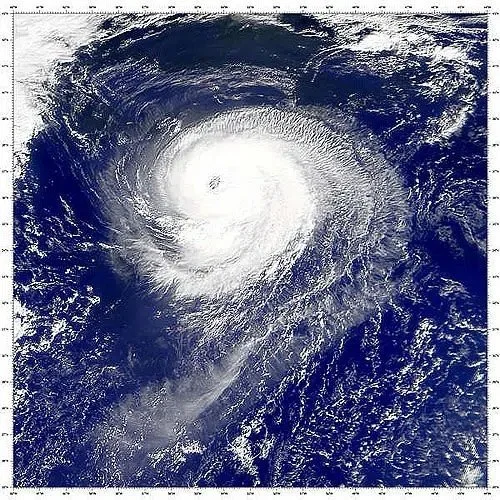7-day rainfall was mainly limited to a frontal passage during the overnight hours of Dec 13 into the morning hours of Dec 14, with 7-day totals running below-normal for the vast majority of the state.
Read MoreAfter a brief cool down on Friday, it looks like warmer weather is here to stay through Christmas and beyond. Parts of western Louisiana saw 1-2 inches of rain in the last week, but many areas are still running a deficit. The good news is, the D2, severe drought has been removed from all of Louisiana! The bad news is, I don’t see significant rain in the next 7 days.
Read MoreAuthors for the U.S. Weekly Drought Monitor (USDM) agree that drought remains an issue for much of the Bayou State but removed areas of D2 Drought ('Severe Drought') as of this week.
Read MoreSeveral rounds of precipitation moved through the Bayou State from Dec 3 to Dec 7 in association with low pressure off the Gulf Coast, persistent upper-level southwesterly flow from the Pacific, and a frontal passage on Dec 7.
Read MoreRains from the final days of November through December 9 were sufficient to produce welcomed 1-category improvements (drought category reductions) across all of southern Louisiana.
Read MoreHowdy farm folks! It looks like we have a temperature roller coaster on the way, with a little rain, but not enough to have much of an impact. Fortunately, the rains we saw last week were enough to remove the severe drought over south Louisiana, leaving only a small area centered on Natchitoches that still is classified as a D2, severe drought. We still need rain per the drought monitor, but at least it isn’t 100 degrees every day, evaporating everything in sight.
Read MoreRain fell across the Bayou State in multiple rounds from Nov 29 into Dec 2 in association with two frontal passages and low pressure tracking across the northern Gulf.
Read MoreMother Nature delivers a reminder that we are now in "meteorological winter" (Dec, Jan & Feb) with a freeze tonight into early Wednesday morning. Fortunately, this freeze will be just a "one-nighter" ... temps for Wednesday night/Thursday morning will be still by cold but should be above-freezing for all but possibly a few northernmost Louisiana communities.
Read MoreThe hurricane season ended Sunday and for the first time since 2015 a hurricane did not make landfall in the U.S. There were 13 named storms, five hurricanes and four major hurricanes. Colorado State research scientist Phil Klotzbach says atmospheric conditions protected the U.S.
Read MoreThere were two precipitation events during the 7-day monitoring period, both linked to frontal systems: the first on Nov 21-22 and a more significant event (particularly across northern Louisiana) on Nov 24-25
Read MoreA storm system currently centered in the Southern Plains will send a strong cold front through Louisiana on Tuesday. The SPC has posted a "Slight Risk" (2-out-of-5 on the threat scale) for severe storms in advance of the cold front for northern Louisiana. The primary threat window is from Monday afternoon into Monday night, ending early Tuesday morning.
Read More7-day rainfall was mainly limited to a frontal passage during the overnight hours of Dec 13 into the morning hours of Dec 14, with 7-day totals running below-normal for the vast majority of the state.
Read MoreRain has been a tough commodity statewide, with nothing in the last week, and most areas seeing less than half of our average over the last 30 days. That has brought some parts of Louisiana below normal for the last year and we’d been running a surplus for some time. That’s why parts of Louisiana are now in a severe drought, with 5% in that category, and 43% in moderate drought. There is some hope, though I tend to think models are a bit overdone on their current forecasts for rain. I’ll explain.
Read MoreAfter a rain-free 7-day stretch for Louisiana (Nov 12-18), today's updated U.S. Drought Monitor (USDM) depiction for the Bayou State shows additional degradations with more than 40% of the state now posted as "in drought" (D1+D2).
Read MoreMost of the Bayou State didn’t receive any precipitation during the 7-day period; the exception was mainly over southeastern and south-central portions of the state during the frontal passage of Nov 8-9.
Read More








